Are you ‘PRSNT’? Visible Cloaks, Lucrecia Dalt, Lyra Pramuk and more discuss digital consumption
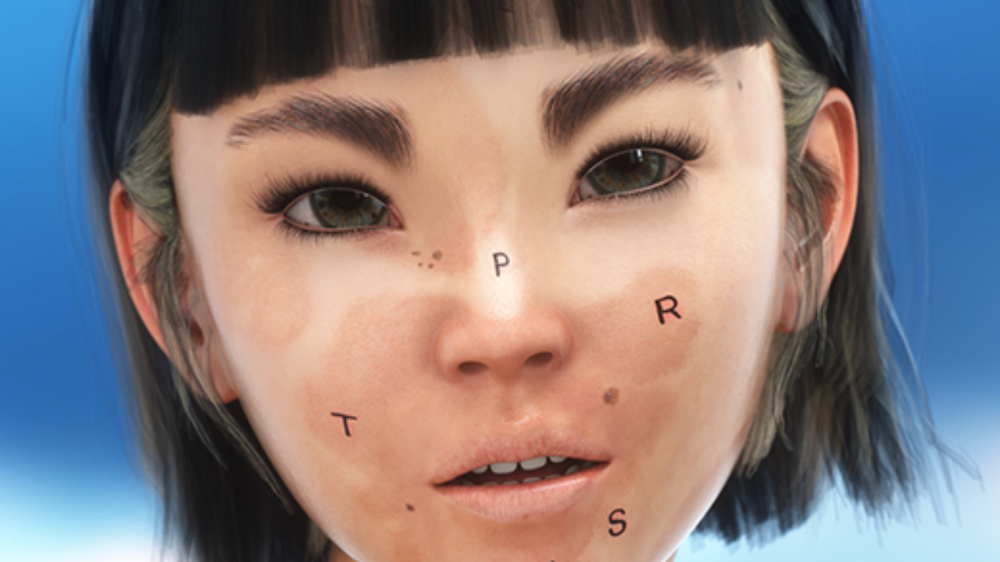
In February of this year, Created By Us and Barcelona-based label Modern Obscure Music announced a unique musical project: ‘PRSNT’.
A statement on how we, as consumers, engage with music in the 21st century, the release rallies together 14 exciting and innovative producers, working in the realms of electronic music, visual, art and sound design, to craft an album that lasts just 6 minutes and 32 seconds.
Featuring music from the likes of Ryuichi Sakamoto, Laurie Spiegel and Lafawndah—each contribution of which equates to around 32 seconds—the idea behind the release came from a study which reported that the overwhelming volume of instantly accessible information online is shortening attention spans and altering how audiences engage with music digitally. Not only that, around a third of all listeners using digital platforms skip to the next track, within the first 30 seconds of playing.
Mirroring these findings, ‘PRSNT’ challenged the artists to each create an engaging composition within the time constraints, resulting in 12 singular artistic interpretations.
Before the release, which is set for 7th May, we spoke to several of the artists —Lyra Pramuk, Pierre Rousseau, Nicolas Godin, Kelman Duran, Raul Refree, Lucrecia Dalt and Visible Cloaks— about what attracted them to the project, the concept behind their own contribution and their reflections on operating as an artist in a digital world.
What attracted you to being part of this project?
Lyra Pramuk: From the start, I felt the compilation had a strong creative vision and great team behind it, with many artists I admire taking part. PRSNT felt to me like a meaningful way to use my voice as a musical artist.

Pierre Rousseau: As a musician, I am always looking for new reasons to create, and have realized I am rarely interested in the prospect of doing something twice. Although I have been accustomed to making very short pieces of music as part of my commercial practice, these pieces are often created to support some sort of visual narrative. The idea of making a 32 second piece of music, with a narrative and progression of its own, was an entirely new challenge, and quite an exciting one, which I was delighted to share with Nicolas.
Raul Refree: I liked the concept of the album and I thought it could be very interesting to create a very short piece that could show a strong concept. And I really like most of the artists that are on the record, so I felt attracted to that regard too.
Spencer Doran, Visible Cloaks: I’m very critical of the manner in which the current platform-based systems of musical distribution are re-shaping the experience of listening towards their own ends, so it seemed noble.
Kelman Duran: I like prompts, and I agree that something has been lost with our ability to listen, I think we have gained a lot in the past 10 years, but still.
Nicolas Godin: Well I have to confess that the the name of “Ryuichi Sakamoto” was the keyword for me to participite in any project that would include this huge master of mine.
Lucrecia Dalt: I’ve always loved short pieces, miniatures, haikus, and artists that think in this format. I even once made a radio mix of one hour composed of 80 short pieces from different artists.
How did you interpret the brief? What did you want the listener to take away?
Lyra Pramuk: I didn’t think about it as much as I tried to just feel it. Music for me is a medium that takes the time it takes. To limit or constrain time to such an extreme degree, feels to me like the biggest creative challenge. I often let the sounds tell me about the space they need, this is my preferred way of working. How do sounds grow – how do plants develop – if they do not have any space? The notion of deciding the economic value of a piece of music in the first 32 seconds, let alone completing a track in that time, should point to the great discomfort we find ourselves in. The streaming economy is constraining our perception of time to a degree that is limiting the potentiality of our cultures and our societies. I believe that the form of music influences the form of our lives. We need to grow and nurture our attention, not diminish it.
Pierre Rousseau: Frankly, we did not overthink it too much. Nicolas and I are both used to making music which can at times be quite extended, spanning overall many minutes, as a way of telling a story. So, we tried creating a story with a beginning and an end within this short timeframe, and for listeners to experience it this way.
Raul Refree: I wanted to create a piece of music with more than one lecture, a piece of music where antagonic layers could make one single and in a way coherent meaning.
Spencer Doran, Visible Cloaks: My piece is a short poetic text with musical cues constructed around it – sort of an attempt to capture my own mental space during the early months of the 2020 lockdown as I tried to make sense of the world and all that was swirling within it.
Kelman Duran: I wanted to make something short but not an introduction, so I used a joke and interpreted a wave function.
Nicolas Godin: I always like to play with music like the Oulipo French movement played with words. Georges Perec is a major influence for me when it comes to playing with sounds. I like to transpose his literature practice and philosophy into a musical environnement.
Lucrecia Dalt: To me, if I spend a short period of time with a piece, it’s just a pragmatic way of identifying very quickly the aesthetics that I enjoy, more than attributing it to attention span, what I enjoy stays for the time its meant, wanted, needed, if a piece has the emotional drive that clicks I stop thinking about the premise of the brief completely, I even feel I lose the capacity to discern time.
What was the production process like? Aside from the obvious difference in length, how did the process differ to your normal approach?
Lyra Pramuk: It is like trying to make a large wall painting on a post-it note. Time is not just this objective measurement device; it is a divine force that nourishes.
Pierre Rousseau: We started the piece of music remotely during last year’s spring lockdown. I sent Nicolas some synthesizer recordings and a tempo, and he sent back a beautiful, evocative fretless bassline. Once the situation opened up last summer, we were able to complete the piece at Nicolas’ studio in Paris. As we were recording a piano (which did not make it to the final version), we noticed that the sound of manipulating pieces of sheet music could provide a sort of rhythm to the track. At this point, Nicolas found the title, ‘Page Turner’.
Raul Refree: I composed the piede during the first confinement, so I took the elements I had with me at home. I started from the sample, from the Octatrack, playing around some music I recorded with the band from Toulouse Cocanha, and then, once I found the timbres and textures I needed, I played the guitar on top of it. At the beginning I was avoiding to record an acoustic instrument but later on I felt good with both approaches to composition mixing together in the same piece.
Spencer Doran, Visible Cloaks: I do commercial sound design and composing occasionally so I’ve worked on adverts, idents, interface sounds and similar things with a fixed, compressed notion of time – plus my own musical practice draws on ideas from these ways of structuring and organizing sound so it’s not exactly a foreign mentality to me. I’m fairly temporally agnostic when it comes to composing, and the DAW timeline is always relative to the task at hand – so it was not much of a departure from my normal approach.
Kelman Duran: I like listening to Lee Smolin and Roger Penrose, two physicists, so I appreciated the joke about the dead cat.
Nicolas Godin: Following the idea of using the art rules into music rules, we decided with Pierre Rousseau to do a “cadavre exquis”, which means he starts something in his studio and I do the next step in mine, then he does the following step etc etc, until we have the complete picture.
Lucrecia Dalt: No difference, I mean, one thing is just to cut a snippet of a bigger piece, but the exercise to me was equal to the way I would compose a longer one, I had to think about dynamics and narrative in the same way.
In your experience as an artist, what are the pros and cons of operating in a digital world?
Lyra Pramuk: I don’t think digitalism is up for debate any longer, it is an integral and equal realm of our lives. It feels so ubiquitous, it’s almost like asking, “what are the pros and cons of having a body?” I guess the cons are that digital space is sandboxed by corporations as a digital market, so the dream of freedom which I can still try to enact with autonomy in my physical body, is vast and unfree in digital space. We can carve out spaces with more autonomy, collaborate on larger platforms, or shoot autonomous messages across platforms and devices, but the internet still feels depressingly, like our cities – as one giant, ugly shopping mall.
Pierre Rousseau: In strictly economic terms, with the decline of physical formats, recorded music has now become a largely immaterial ‘commodity’. This has made its value difficult to explain to people, and even harder to defend within a ‘marketplace’, resulting in increasingly precarious lifestyles for musicians across the world. Yet, I am amazed by the amount of incredible music which seems to continuously make its way to my ears, and the ease at which it can be discovered and shared. I am also profoundly excited by the wealth of groundbreaking digital tools I am able to find and use daily, without which I would certainly not be able to achieve much. So, although it is tempting to regret and romanticize a stable and profitable past for musicians, I would not trade our chaotic and vibrant present for what seemed to be quite a rigid and mercantile environment.

Raul Refree: The good thing is that you don’t need so much infrastructure or economic power to be able to reach audiences, you can do a lot with just a computer or a phone. But at the same time there’s so much information going on, such a big stream of data that there’s the risk that at the end we all get lost in the middle of nowhere.
Spencer Doran, Visible Cloaks: My own process is almost entirely digital, and my own artistic practice is very much a prismatic refraction of digital modernity so it’s hard for me to make judgements like that as what I do is so deeply intertwined with it. There is no real “outside” to this way of working now, so it seems frivolous to weight any specific advantages or disadvantages – you can only choose how you move within…
Kelman Duran: Digital worlds are great, it’s just a problem when you translate 0’s and 1’s into real life.
Nicolas Godin: Freedom and communication between artists with no go betweens.
Lucrecia Dalt: A few pros: to have the capacity to make your work available all around; the expanded sense of community; the sense of growth and reciprocity with people you haven’t met; the luxury of educating yourself from the vast online content, and how our private lives become public. A few cons of many: how the media can jeopardise our capacity to discern aesthetically; the dilemma of constantly having to justify your artistry; how the mainstream and the local start to dissolve in a non desirable way; how much entertainment noise we have to consume in order to attain golden content, and again, how our private lives become public.
Buy PRSNT. All money from the release will be donated to mental health charities.











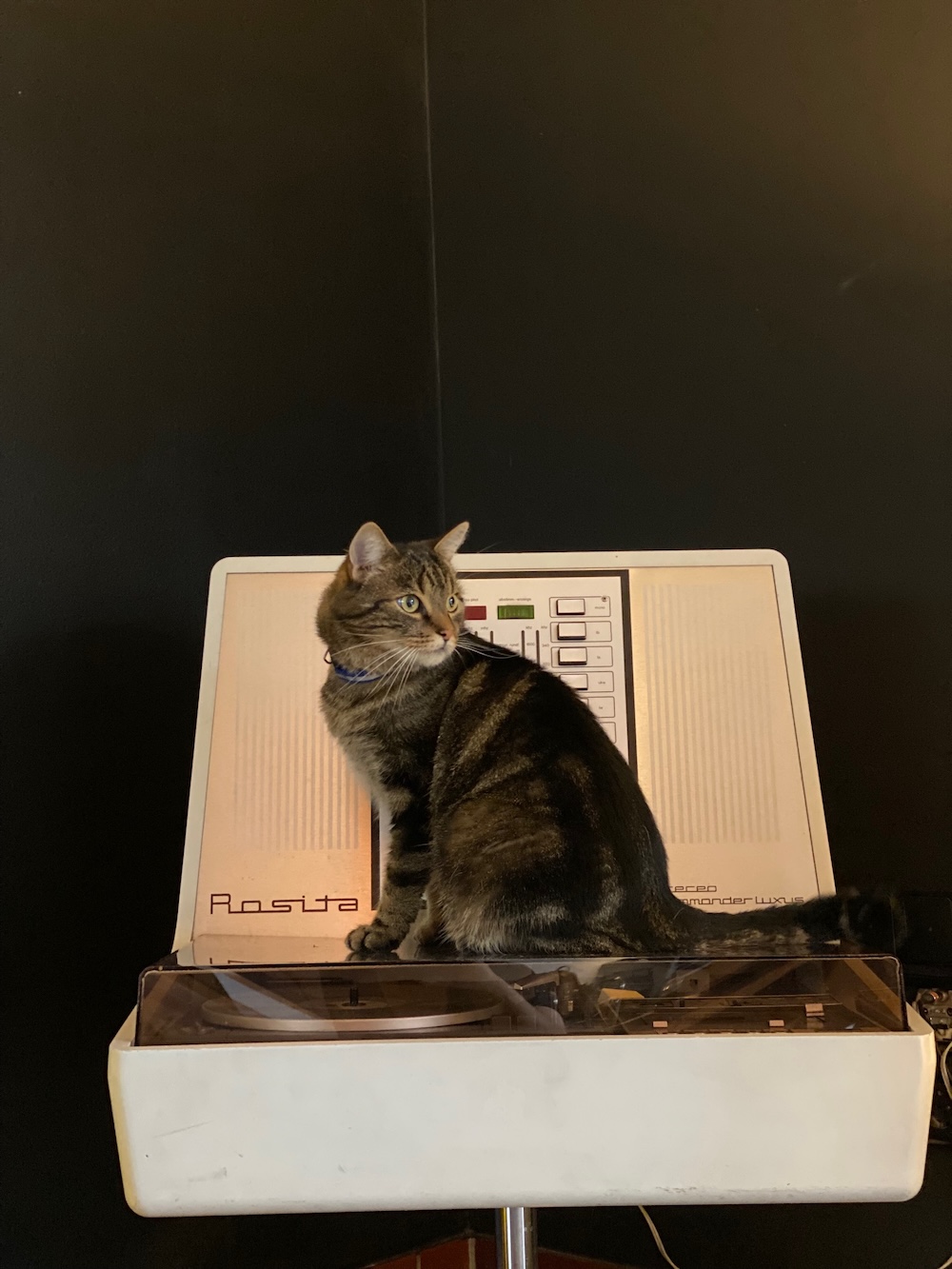
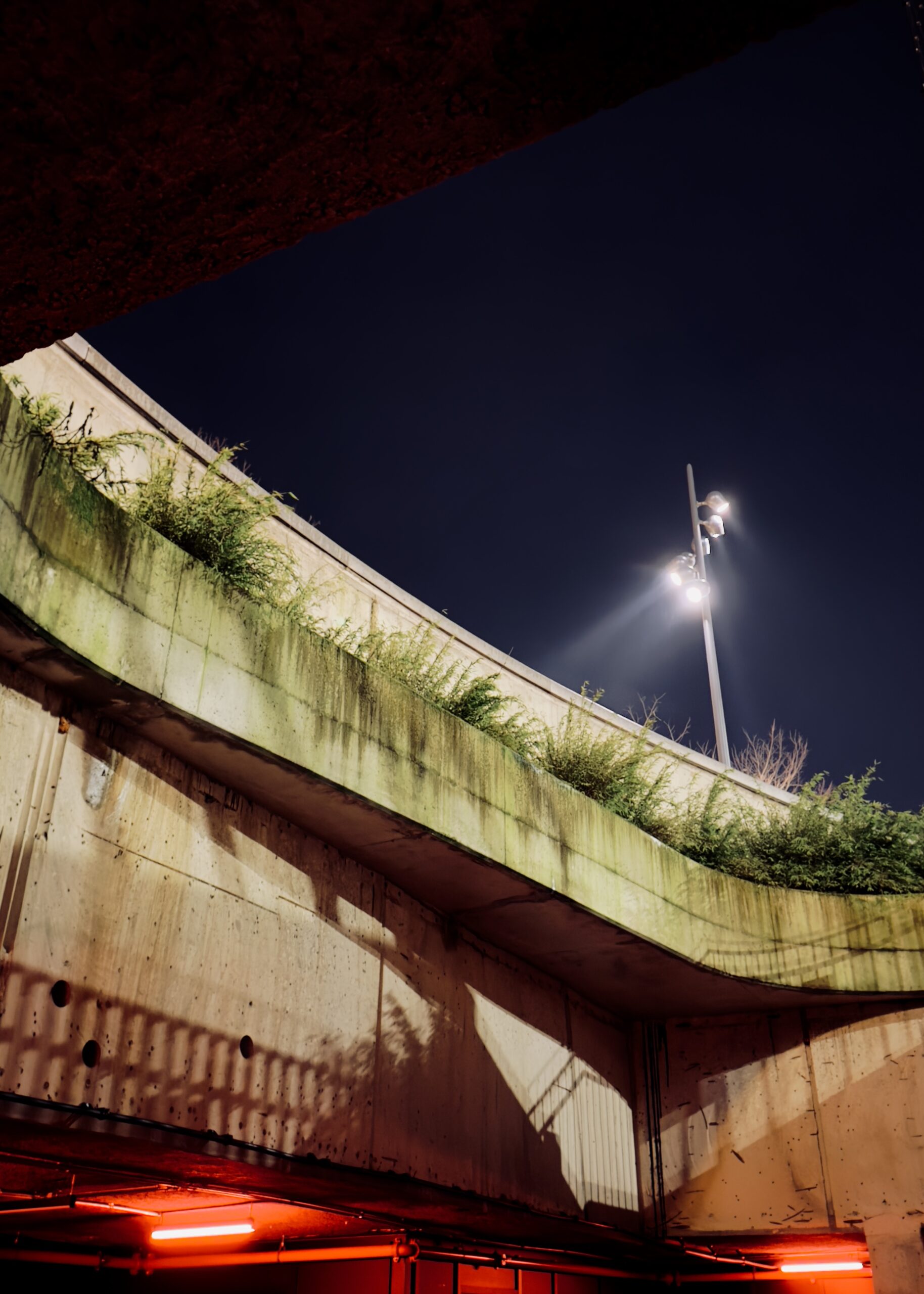
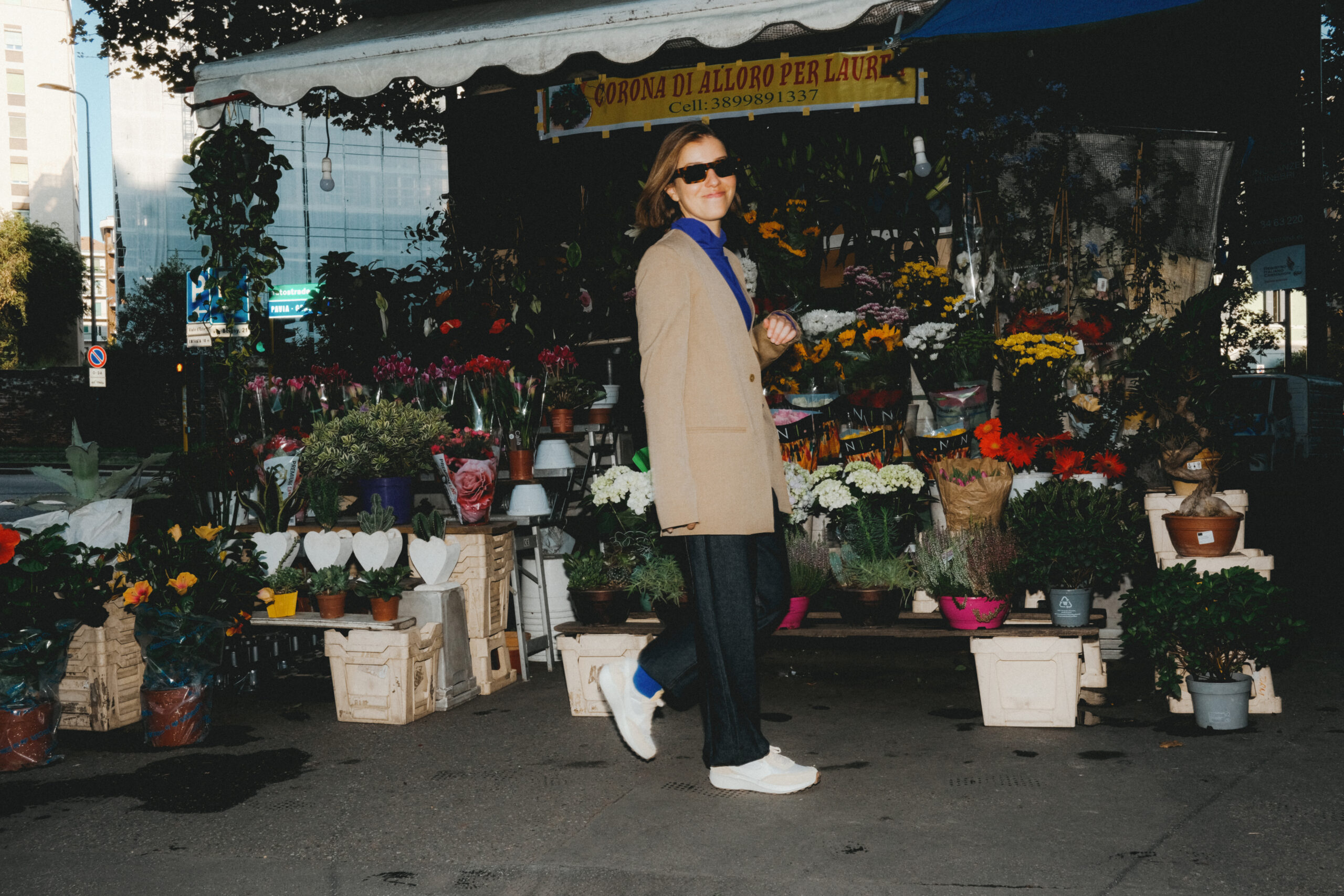
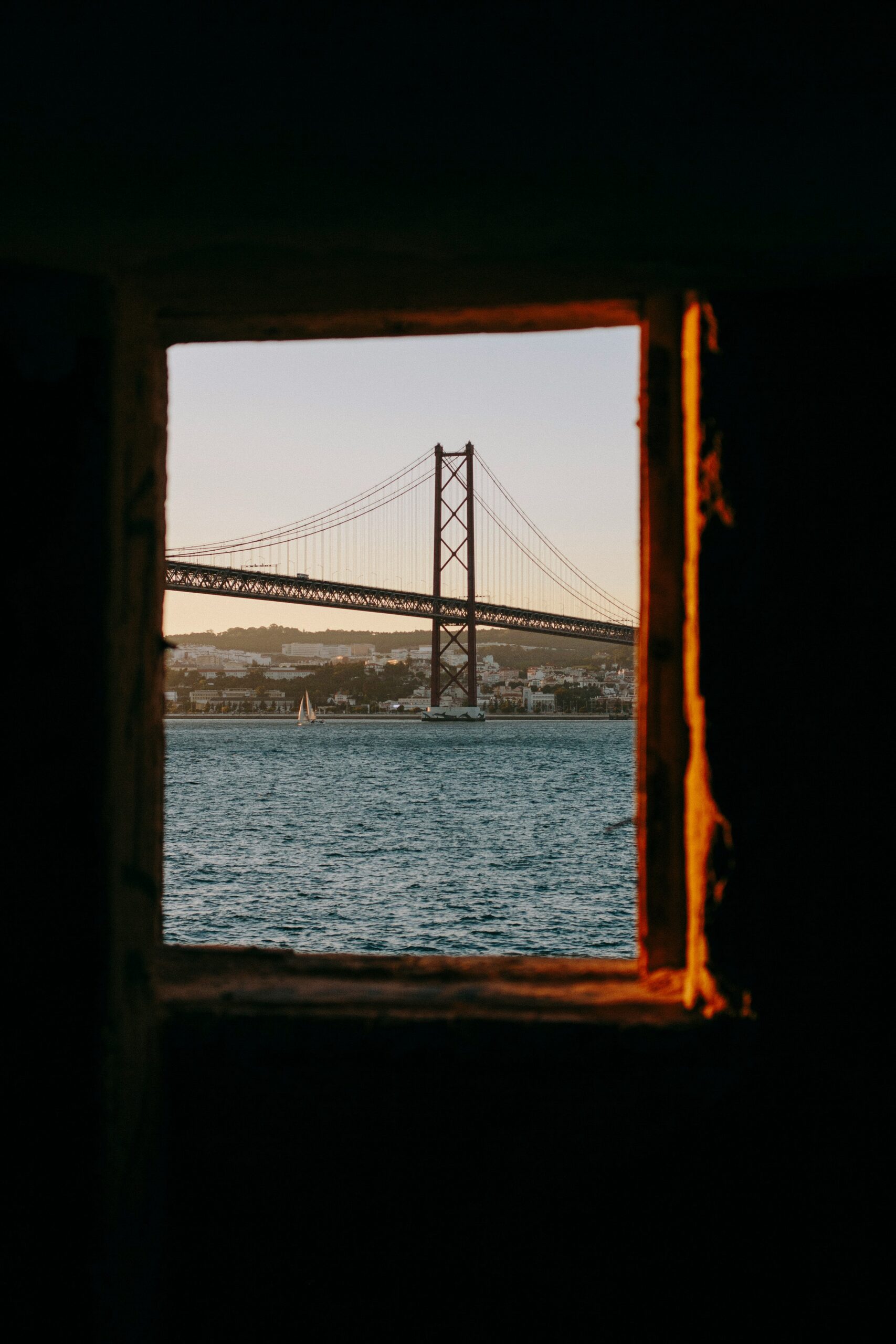



Must Reads
David Holmes – Humanity As An Act Of Resistance in three chapters
As a nation, the Irish have always had a profound relationship with the people of Palestine
Rotterdam – A City which Bounces Back
The Dutch city is in a state of constant revival
Going Remote.
Home swapping as a lifestyle choice
Trending track
Vels d’Èter
Glass Isle
Shop NowDreaming
Timothy Clerkin
Shop Now